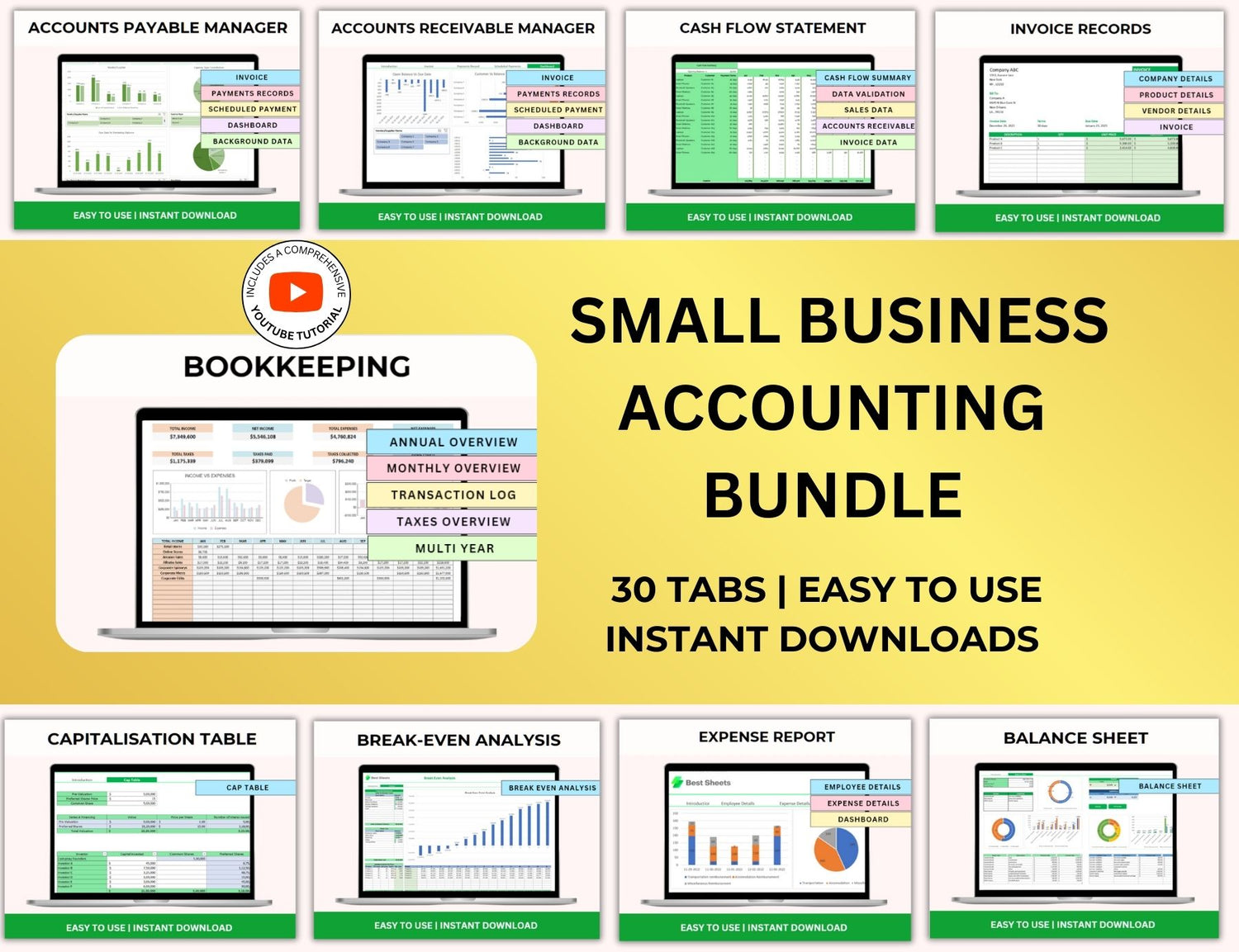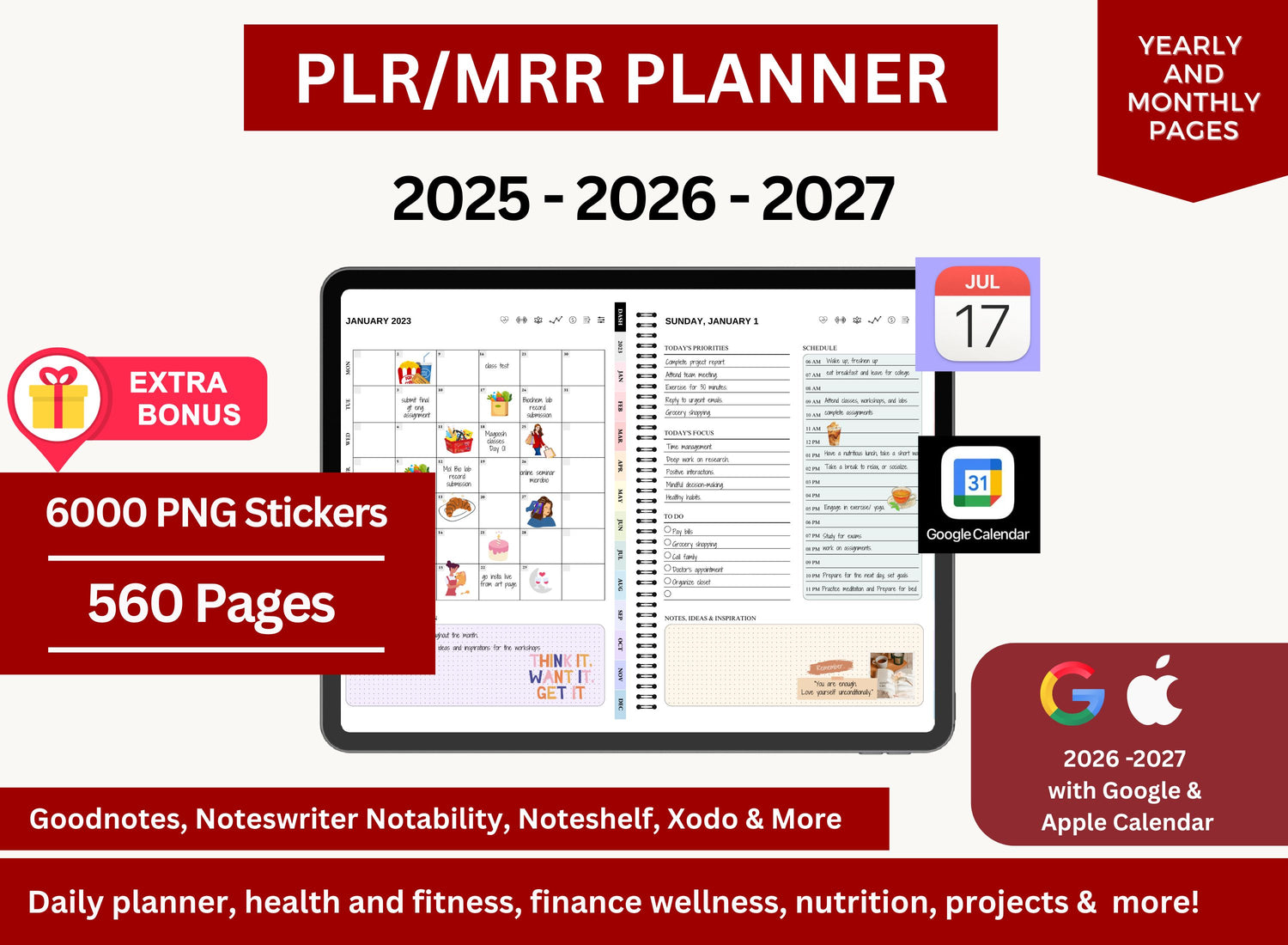10 Emergency Steps That Actually Work To Save a Failing Project
You don’t need me to tell you that sinking feeling when a project starts slipping through your fingers. Deadlines are missed. Team morale dips. Stakeholders start sending “just checking in” emails that are clearly not just checking in. Whether you’re leading a small internal campaign or steering a high-stakes client initiative, when things go south, they go fast.
So what do you do when you're knee-deep in a project that seems to be falling apart?
The good news: it’s (usually) not too late. The even better news: there’s a playbook—well, a loose one—for turning it around.
These 10 emergency steps aren’t magic bullets, but they actually work. Sometimes in unexpected ways. And no, they won’t all involve just “working harder.” Because let’s be honest, if working harder was the fix, you probably wouldn’t be reading this.
TL;DR
| Step | What It Means | Why It Works |
|---|---|---|
| 1. Call a Time-Out | Hit pause and reassess. | Avoid wasting energy moving in the wrong direction. |
| 2. Find the Real Problem | Dig past surface issues using previously used project management tool. | Solving symptoms won’t fix the actual cause. |
| 3. Reset Expectations | Get honest with stakeholders. | Transparency builds trust—even during chaos. |
| 4. Cut the Scope | Drop the non-essentials. | Focus on what really matters to deliver something (anything!) of value. |
| 5. Reassign Roles | Redistribute responsibilities. | Removes bottlenecks and reignites accountability. |
| 6. Fix Communication | Streamline tools & check-ins. | Reduces confusion and makes updates crystal clear. |
| 7. Bring in Fresh Eyes | Ask someone outside to review. | A neutral POV can spot issues you’re too close to see. |
| 8. Rebuild Morale | Recognize effort, celebrate wins. | People can’t save a project they’ve given up on. |
| 9. Use Micro-Sprints | Create tiny, fast-paced goals using a project management timeline template. | Builds momentum and allows quicker course-correction. |
| 10. Document the Lessons | Capture what worked (and didn’t). | Saves future you from repeating this nightmare. |
1. Call a Time-Out—Immediately
I know. Everything feels urgent. But if your project’s crashing and burning, the worst thing you can do is keep sprinting in the wrong direction.
Pause everything. Seriously. Push back any non-critical tasks, notify stakeholders that you're doing a rapid reassessment, and gather your core team.
You need breathing room to diagnose what’s broken before attempting any sort of fix. Otherwise, you’re just slapping duct tape on a leak without even knowing where the hole is.
And if you need a quick way to visualize the mess? This is where a solid project tracker excel template comes in handy. Sometimes seeing the chaos on a spreadsheet helps you realize it’s not quite as chaotic as it feels. Or... okay, sometimes it confirms that it actually is.
2. Pinpoint the Core Problem (Not Just the Symptoms)
It’s easy to blame delays on “scope creep” or “resource constraints,” but dig deeper. Are people unclear on the goals? Is communication fragmented? Did you overpromise in the kickoff phase?
Run a post-mortem, even if you’re technically mid-project. Let everyone speak freely—even anonymously, if needed. You’d be surprised how often the real issue isn’t lack of time, but lack of direction.
And here’s a tip: map everything out using a Gantt chart Excel or even a project schedule template excel. Lay it all out visually. See where things started to slip. When you spot the first missed milestone, work backward. Was the timeline unrealistic? Were dependencies ignored?
It’s tedious, yes, but absolutely necessary.
3. Reset Expectations (Internally and Externally)
This is the part no one likes: owning up to the problem.
But if you want to save the project, you need to reset expectations with stakeholders. That could mean revising delivery dates, cutting features, or redefining success altogether.
It’s tempting to sugarcoat it—don’t. Be transparent. “Here’s what happened. Here’s what we’re doing about it. And here’s what we need from you.”
Have this conversation armed with clear documentation. A simple project management plan template or even a clean project management template ppt can help you communicate changes without rambling through a half-hour apology.
People are surprisingly forgiving when they see you’re being honest and proactive. Just don’t wait until the final deadline to reveal it’s all going sideways.
(Sample of a Gantt chart for project management.)
4. Trim the Fat (Mercilessly)
Scope creep is real. Especially on projects where every stakeholder wants “just one more thing.” But when you’re already behind, every extra feature is a liability.
Go back to the original goals. What’s actually essential? What’s just “nice to have”?
Kill anything that isn’t directly contributing to the core objective. I know—it’s hard. We get attached to our ideas. But rescuing a project requires ruthless prioritization.
Use a simple project plan template to re-outline only the critical deliverables. And be vocal about what’s being cut. Silence breeds assumptions, and assumptions are project killers.
5. Reassign Roles and Responsibilities
This is one people often skip, but it’s a game-changer.
When projects falter, it’s often because people aren’t clear on who owns what. Or worse, there’s a bottleneck around one overwhelmed team member who’s too polite to say they’re drowning.
Do a hard reset. Re-map the RACI chart (responsible, accountable, consulted, informed). Redistribute tasks. You might even need to bring in outside help or shuffle team members.
This is where a solid project management template Excel really shines—it makes reassigning tasks feel less chaotic and more structured.
And honestly? Sometimes just giving someone a fresh lane to run in is enough to re-energize them.
6. Streamline Communication Channels
I once worked on a project where communication was split between Slack, email, Trello, and a dozen rogue Google Docs. Nobody knew where to find anything. It was a mess.
If your team’s communication is scattered, you’re losing hours every week to confusion.
Pick one or two central platforms and commit to them. One place for real-time updates, one place for file storage. That’s it.
And use a simple excel task tracker template to capture daily and weekly progress in a way that’s visible to everyone. It sounds basic, but consistency beats complexity every single time.
(Sample of a risk assessment matrix template.)
7. Bring in a Neutral Third Party
Sometimes the people inside the project are too close to it. Too invested. Too stressed.
If you’ve got the budget, consider bringing in an external consultant or even someone from another department to do a quick audit.
They’ll spot things your team might’ve missed, not because they’re smarter, but because they’re not emotionally tangled up in it.
You could even give them a blank project plan template excel and ask: “If you were starting from scratch right now, what would you do differently?”
Fresh eyes = fresh perspective. It’s cliché, but true.
8. Rebuild Morale (Even If It Feels Too Late)
No one does their best work when they feel like they’re on a sinking ship. And once a project feels doomed, people start emotionally checking out.
Your job now is part therapist, part cheerleader.
Recognize small wins. Celebrate progress—even if it's just getting back on track. Acknowledge the stress. Thank your team sincerely. Sometimes saying, “Hey, I know this has been rough, but I see you” goes further than a status update.
It doesn’t need to be a grand gesture. Just human.
And if you haven’t already shared tools to make their jobs easier? Now’s the time. Something as simple as a clear project schedule template excel or a visual Gantt chart template can take the mental load off and remind people what they’re working toward.
9. Implement Short Sprints with Micro-Checkpoints
Long timelines and distant deadlines are risky in a rescue scenario. You need momentum. Fast.
Switch to short sprints—one week, maybe even three days. Set clear goals. Then check in, not just at the end, but daily.
You want a feedback loop so tight that nothing can fall through the cracks without someone noticing.
Use a project management schedule template or Gantt chart format to outline these micro-milestones. Keep it visible. Maybe even obnoxiously so.
The faster you can spot micro-failures, the faster you can course-correct without waiting for the next “weekly status review.”
(Sample of dashboard for profit and loss tracker template that can be used for project management.)
10. Document Everything (So It Doesn’t Happen Again)
When the smoke clears—and it will—you’ll be tempted to move on. Don’t.
Take the time to document what happened. The good, the bad, the ugly. What you’d repeat, what you’d never do again.
Use a project management template or even better, a project management plan template tailored to post-mortems. Archive all your findings. Turn the chaos into a blueprint.
Because this project might have hurt, but the next one doesn’t have to.
And hey, maybe the client won’t notice all the last-minute saves. But you and your team will. And those hard-earned lessons? They’ll save you ten times over later.
Look, saving a failing project isn’t fun. It’s stressful, exhausting, and sometimes feels impossible. But most “failed” projects don’t fail all at once. They unravel slowly—until someone decides to do something about it.
That someone? Might as well be you.
The key is not to panic. Start with the basics: pause, diagnose, and simplify. Bring clarity to the chaos. And rely on the tools available to you—whether that’s a project tracker Excel template, a Gantt chart format, or a simple project plan template that brings everyone back to the same page.
You probably won’t get everything perfect. That’s okay. Progress matters more than perfection—especially when you’re trying to stop the ship from sinking.
And weirdly enough? Once you’ve saved a project like this, the next one doesn’t seem nearly as scary.
(Sample of a customer relationship management tracker.)
If you’re currently scrambling to recover a project and feeling a bit overwhelmed, consider grabbing a ready-to-use project management template excel bundle. Something like a Project Management Excel Template Kit can make all the difference when you’re too deep in the weeds to build from scratch. It includes customizable sheets for timelines, sprints, Gantt charts, and more—all plug-and-play.
Whether you use it now or for the next time (because let’s face it, there will be a next time), having a solid foundation saves you a lot of panic later.
Just… breathe. And take the next best step.









